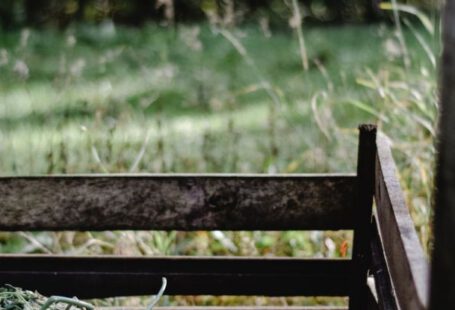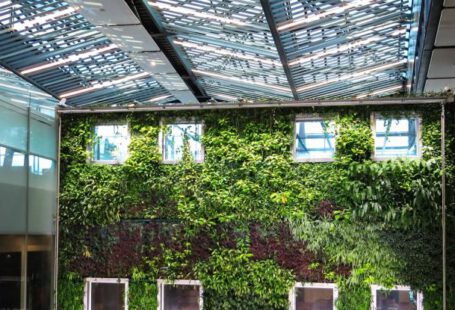Bird watching is a delightful hobby that allows you to connect with nature and observe the beauty of our feathered friends up close. One way to attract birds to your yard is by providing them with a bird feeder. While there are many bird feeders available for purchase, building your own eco-friendly bird feeder can be a rewarding and sustainable project that benefits both the birds and the environment.
Choosing Sustainable Materials
When building an eco-friendly bird feeder, the first step is to carefully select the materials you will use. Opt for sustainable and natural materials such as untreated wood, bamboo, or recycled materials. Avoid using pressure-treated wood or materials that contain harmful chemicals that could leach into the environment and harm the birds.
Simple Design with Recycled Materials
An eco-friendly bird feeder doesn’t have to be elaborate or complicated. In fact, a simple design using recycled materials can be just as effective in attracting birds to your yard. Consider repurposing items such as old tin cans, glass jars, or plastic bottles to create a unique and environmentally friendly feeder. Not only will this reduce waste, but it will also add a touch of creativity to your backyard.
Provide a Safe Feeding Environment
When designing your bird feeder, it’s essential to consider the safety of the birds that will be using it. Make sure your feeder has adequate drainage to prevent water from accumulating and causing mold or bacteria growth. Additionally, avoid using materials with sharp edges or small openings that could potentially harm the birds.
Natural and Nutritious Bird Food
To attract a variety of bird species to your feeder, it’s important to provide a diverse and nutritious selection of bird food. Opt for natural bird seed mixes that are free from artificial additives or fillers. You can also attract birds by offering fruits, nuts, and homemade suet cakes. Avoid using bread or processed foods, as these may not provide the necessary nutrients for the birds.
Location, Location, Location
The placement of your bird feeder plays a crucial role in its effectiveness. Place your feeder in a quiet and sheltered spot where birds will feel safe and secure while feeding. Avoid placing the feeder near windows or reflective surfaces that could potentially harm the birds. Additionally, consider the accessibility of the feeder for refilling and cleaning to ensure its long-term sustainability.
Maintenance and Cleaning
Regular maintenance and cleaning are essential for keeping your eco-friendly bird feeder in good condition. Clean the feeder regularly to remove any mold, bacteria, or debris that could pose a risk to the birds. Inspect the feeder for wear and tear, and make any necessary repairs to ensure its durability. By taking good care of your feeder, you can enjoy watching birds visit your yard for years to come.
A Greener Future for Birds and the Environment
Building an eco-friendly bird feeder is not only a rewarding project but also a small step towards creating a greener and more sustainable future for birds and the environment. By using sustainable materials, providing a safe feeding environment, and offering nutritious bird food, you can attract a diverse range of bird species to your yard while minimizing your impact on the planet.
Incorporating eco-friendly practices into your bird feeding hobby can make a significant difference in supporting wildlife conservation efforts and promoting biodiversity in your local ecosystem. So why not give it a try and build your own eco-friendly bird feeder today? Not only will you enjoy the sights and sounds of beautiful birds in your backyard, but you’ll also be doing your part to protect and preserve our natural world for future generations to enjoy.





